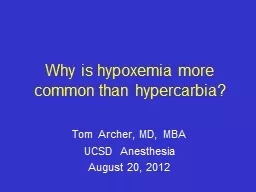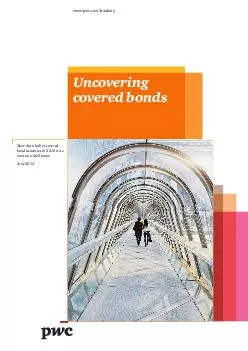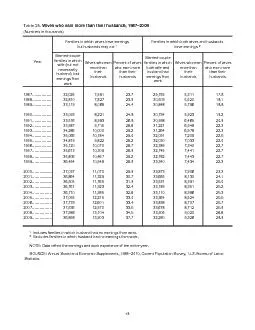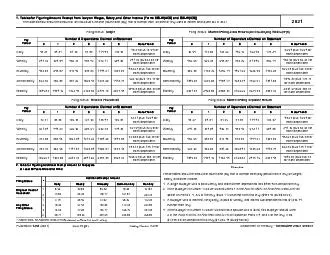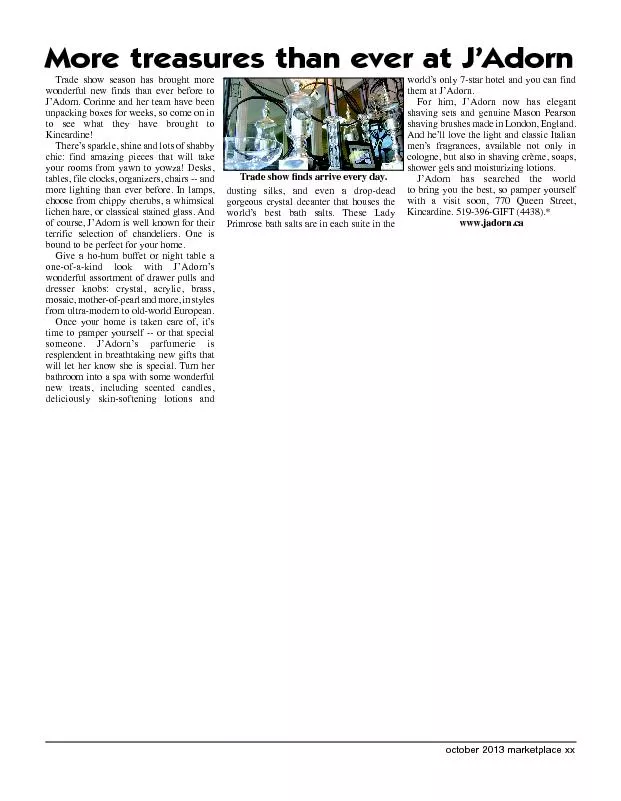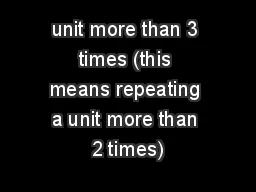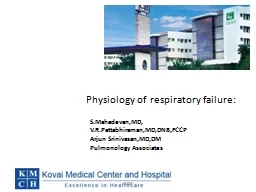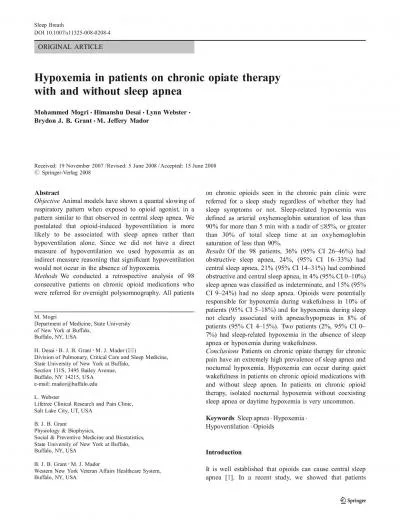PPT-Why is hypoxemia more common than hypercarbia?
Author : marina-yarberry | Published Date : 2019-11-20
Why is hypoxemia more common than hypercarbia Tom Archer MD MBA UCSD Anesthesia August 20 2012 The dance of pulmonary physiology Blood and oxygen coming together
Presentation Embed Code
Download Presentation
Download Presentation The PPT/PDF document "Why is hypoxemia more common than hyperc..." is the property of its rightful owner. Permission is granted to download and print the materials on this website for personal, non-commercial use only, and to display it on your personal computer provided you do not modify the materials and that you retain all copyright notices contained in the materials. By downloading content from our website, you accept the terms of this agreement.
Why is hypoxemia more common than hypercarbia?: Transcript
Download Rules Of Document
"Why is hypoxemia more common than hypercarbia?"The content belongs to its owner. You may download and print it for personal use, without modification, and keep all copyright notices. By downloading, you agree to these terms.
Related Documents

